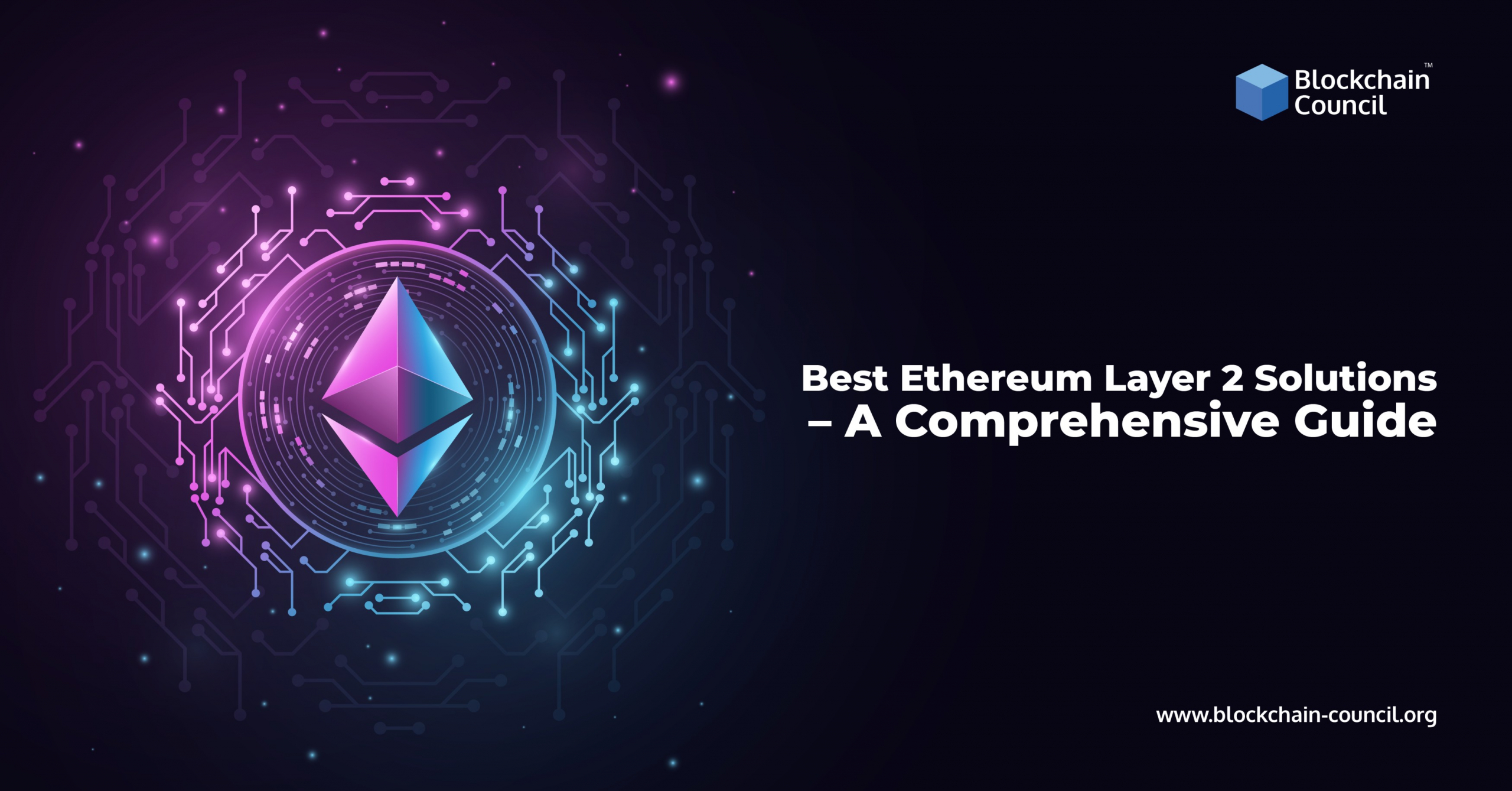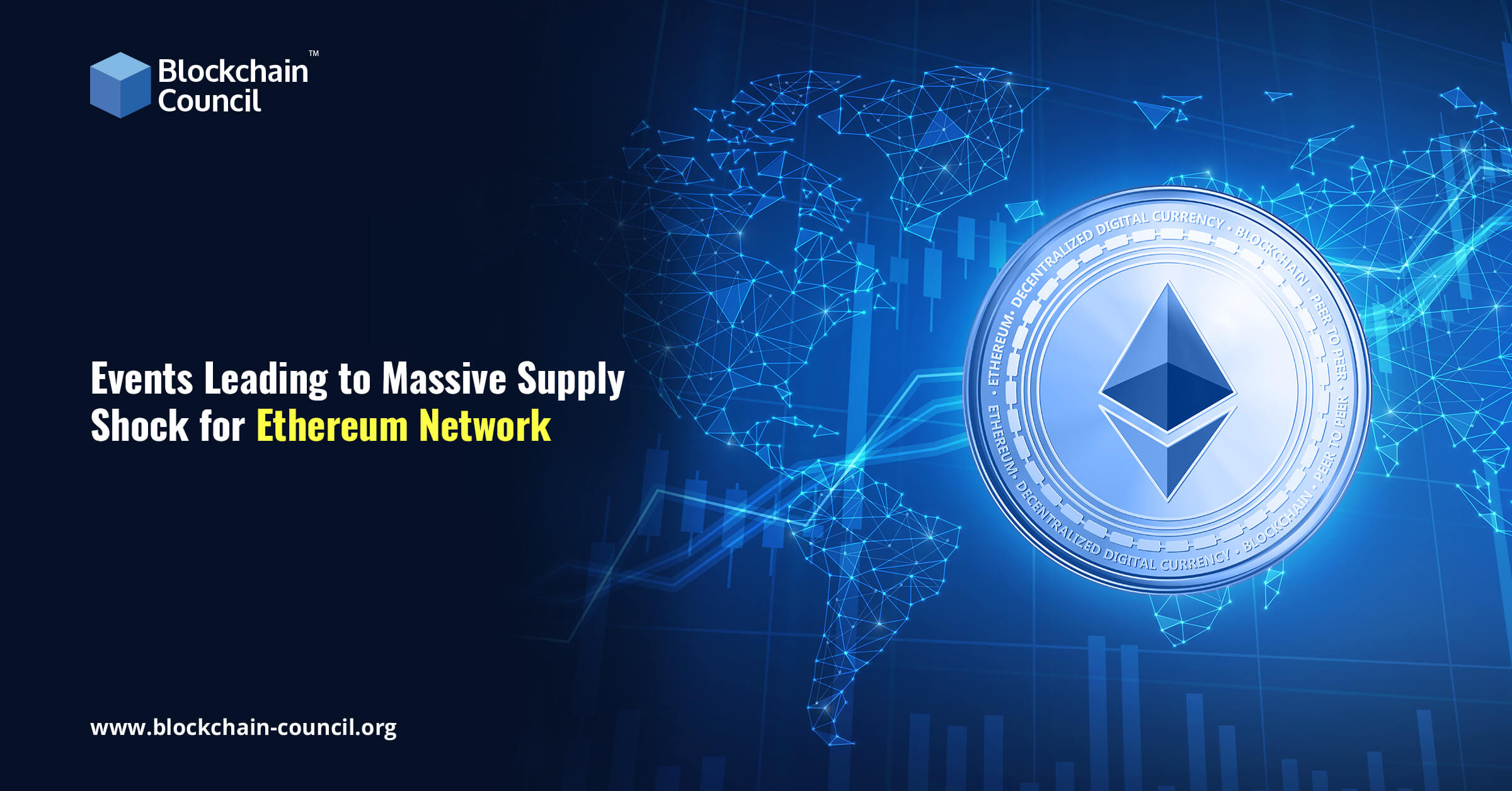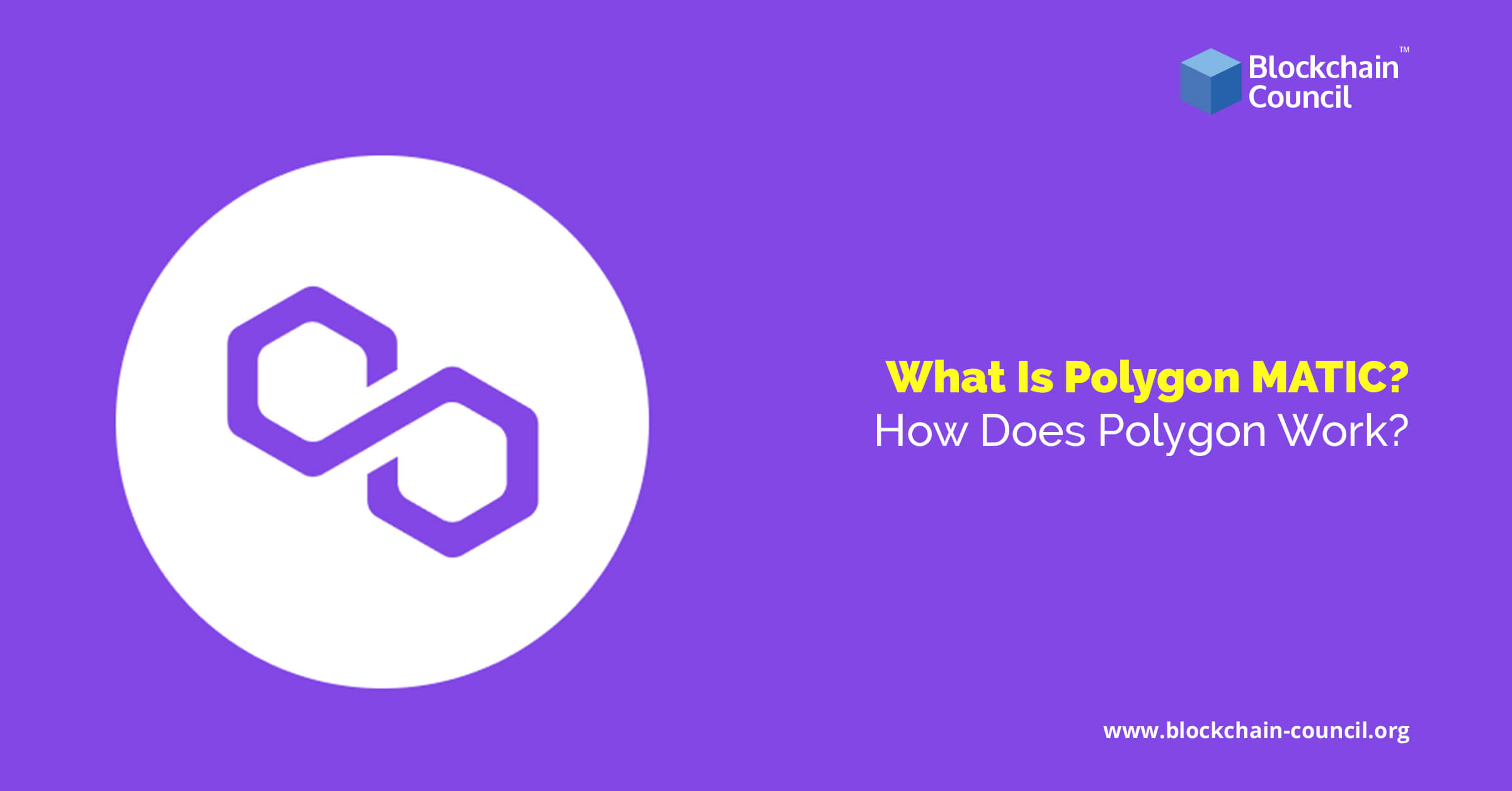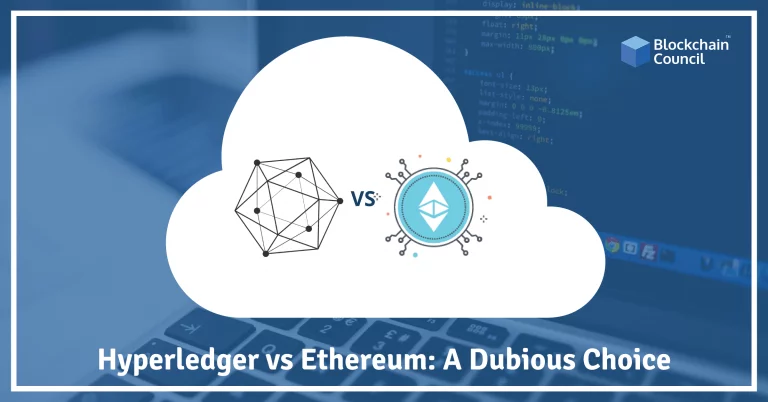
- Ayushi Abrol
- February 21, 2022
Everybody may use Ethereum to construct decentralized applications, launch tokens, and utilize digital money. Ethereum is a very accessible virtual computer, which may explain why it executes over 1 million transactions each day.
While Ethereum’s widespread acceptance is good news for the blockchain industry, it poses several usability issues. Why? As a 2021 user of Ethereum, you know how sluggish and costly it is. A layer two scaling solution is what Ethereum needs to become a reality. L2 transactions are instantaneous and almost entirely free of costs, while Ethereum transactions may take up to 10 minutes and cost a significant ETH in gas fees.
Polygon Network, Optimism, and Arbitrum are three Layer 2 scaling options for Ethereum that you should be aware of today. But first, let’s take a closer look at how Layer 2 scaling works.
What is Layer 2 scaling?
Using Ethereum is now more affordable and quicker for everyone. When you think of the Ethereum blockchain as Layer 1, it’s simple to see how they function. Let’s take a closer look at this notion.
All transactions on the Ethereum network take place on-chain, making it the principal chain. Ethereum’s network capacity is restricted since it is the main chain. Instead, it is limited to 15 transactions per second in transaction throughput.
When too many individuals use the Ethereum network, transactions become more costly and take longer because of the network’s performance limit. Ethereum becomes crowded and inconvenient to use when there is too much traffic, similar to a motorway.
Visa is centralized and Ethereum is decentralized. Visa processes about 2,000 transactions per second, putting Ethereum’s scalability restrictions into perspective. As a result, we can see Ethereum’s limits compared to centralized networks and thus it is critical for its broad adoption.
As a result, what are Ethereum’s options? To dramatically improve the network’s scale, Ethereum 2.0 will be released in 2023.
As a result, companies offering Layer 2 scaling solutions have appeared. Because Ethereum is Layer 1, you may imagine a Layer 2 chain linked to Ethereum on each side of the main chain’s length axis.
- L2s use an Ethereum-connected blockchain to handle transactions
- These smaller transactions are then combined into bigger ones (or rollup blocks.)
- Ethereum receives one transaction instead of a series of smaller ones for the rollup block.
Because all participants share the rollup block transaction charge, the microtransactions that make up the block are very low-cost.
To sum up, Layer 2 transactions are cheap, rapid, and allow Ethereum to be used. Layer 2s are game-changers for transaction-intensive applications like payments, Defi yield farming, minting NFTs, and smart contracts.
Drawbacks In The Scaling Of Layer 2 –
- L2 scaling has the issue of preventing interoperability across different sidechains. Not quite yet, anyhow. It isn’t easy because of this.
Consider yourself a Uniswap leading chain liquidity supplier. No more paying excessive petrol prices each time you add or withdraw liquidity or collect rewards. However, they can’t communicate. Therefore you must approach them as two distinct marketplaces. This implies either dividing your liquid assets across two L2s or deciding on only one in the real world.
Suppose sidechain A takes off while sidechain B doesn’t. What happens? You’ll need to distribute liquidity carefully if you don’t want to lose out on rich transaction fee benefits.
- Another issue is security. Main chain/Layer 1 blockchains like Ethereum have more considerable liquidity locked up in the consensus process, making them safer than smaller networks. Polygon Network, an upstart Layer 2 sidechain, cannot provide the same level of security until its staked liquidity matches or surpasses Ethereum’s.
Types of Layer 2 Ethereum Solutions –
In early September 2021, the Total Value Locked (TVL) in Ethereum Layer 2 scaling solutions exceeded $1 billion. At the time of writing, Ethereum Layer 2 answers have a Total Value Locked (TVL) of over $2.4 billion.
Layer 2 scaling options for Ethereum come in a wide variety of flavors. Look at the most common Layer 2 solutions to see why numerous alternatives are necessary:
Rollups for Zero-Knowledge –
One of the most popular ways to bundle hundreds of blockchain transactions is to use zero-knowledge proofs or ZK rollups. The main chain is relieved of some of the computational load due to this. Every time a state change is uploaded on Layer 1, ZK rollups create a SNARK (Succinct Non-Interactive Argument of Knowledge), or cryptographic proof is known as validity proof
Zero-Knowledge Rollups provide the following advantages:
- ZK-Rollups reduce the amount of data required for block validation, allowing it to be completed more quickly and at a lower cost.
- There are no delays in shifting money from layer 2 to layer 1 using ZK-Rollups. This is because the ZK-rollup contract has previously verified the money’s legitimacy via acceptable validity proof.
- Economic assaults cannot affect ZK-rollups.
- Because the data is still kept on layer 1, the network retains its decentralized and secure state.
- These include starkware, loopring, and the newly acquired Hermez network, an Ethereum layer two solution purchased for $250 million by Polygon.
Rollups of Optimistic –
Because of the Optimistic Virtual Machine (OVM) running on Ethereum’s foundation layer, several smart contracts may operate simultaneously without slowing down the network. This is feasible because OVM permits the same intelligent contracts to be performed as those that may be run on the main chain. As a result, it maintains the composability of the current smart contracts.
Parallel to the main Ethereum chain, Optimistic Rollups exist. Because they don’t do any computing by default, this layer two-approach aids in increasing the scalability of the primary chain. Notary transactions are those in which a new state is proposed after a transaction and notarized. In other words, Optimistic Rollups may increase transaction scalability by 10-100 times, depending on the transaction, by solving Ethereum’s sluggish calculation problems. This amount is expected to rise in the future as more data becomes accessible in the case of a transaction dispute, thanks to the deployment of shared chains.
Optimistic Roll-ups provide the following advantages:
- Because Optimistic Rollups are EVM and Solidity compliant, they provide developers the same functionality as Ethereum layer 1.
- Layer 1, the leading chain, stores all transaction data, making it a safe and decentralized solution.
- Fuel Network, Cartesian, and Boba are just a few companies developing Optimistic Rollups.
Plasma –
Ethereum co-founders Vitalik Buterin and Joseph Poon came up with Plasma, a layer two scaling solution, in August of 2017. Plasma solutions use intelligent contracts and Merkle trees to construct an infinite number of child chains that are effectively miniature replicas of the Ethereum network. On the other hand, plasma systems provide quicker and more cost-effective transactions by dumping transactions onto the child chains.
Since each child chain is effectively a customizable smart contract tailored to meet particular demands, several side chains may coexist and run separately. As a result, individual projects may tailor intelligent agreements to their own needs and execute scalable solutions in various ways.
The following are some of the advantages of using Plasma scaling solutions:
- Low transaction costs.
- Blockchain throughput has increased.
- Transactions between any two users may be carried out with zero overhead because both users must be connected to the plasma chain for this to work.
Projects like Polygon (formerly Matic Network), OMG Network, Gazelle, LeapDAO, and Gluon utilize a customized version of the Plasma framework.
Defi, the metaverse, the money of the internet, and more are all possible thanks to blockchains like Ethereum. High use, however, typically leads to ludicrous transaction costs because of their decentralized nature. Layer-2 solutions address these scalability issues.
Two of the three qualities of scalability, decentralization, and security, can generally be achieved in the interplay of the blockchain trilemma. Scalability is inversely proportional to decentralization for a given degree of protection and vice versa. Consequently, a blockchain has to compromise. High transaction fees and significant delays harm users on Ethereum’s most popular blockchain. Some systems attempt to address this issue by processing transactions on a second layer. Layer-2 solutions may be deployed in any one of five ways.
State channels
Multiple transactions on distinct chains are possible using state channel systems (layer-2). Instead, only two transactions are processed in the main chain (layer-1):
- One when the channel is first established and another when it is shut down. Using this method, the main chain does not execute all transactions, but it still guarantees the same degree of transaction finality as before.
- Afterward, the participants submit their copies of transaction history to cross-verify their copies of data to confirm that there are no inconsistencies in the records.
- The final net transaction is uploaded to the blockchain, and the channel is terminated. When there are a lot of tiny transactions and the parties know one other, state channels are the best option.
The drawbacks of using State channels include that cash cannot be released while the channels are open. Opening and monitoring several channels takes a lot of time. Furthermore, the capability of smart contracts is severely constrained. Celer and Raiden Network are two projects actively involved in the State channel.
Sidechains
The only difference between side chains and child chains (Plasma) is that side chains are more secure than Plasma. A trustless environment and optimized for high throughput speed and security, plasma chains depend on the safety of their main chain. In contrast, side chains are secondary blockchains operating alongside the main chain and have their consensus processes. Sidechains benefit from being blockchain agnostic, which means that they can work on whatever blockchain they choose. Smart contracts may be implemented on these side chains, and they do not need to connect with the main chain to keep their ledger up to date. Depending on the architecture, these side chains can process up to 10,000 transactions per second. However, there are drawbacks to this as well. The side chain’s security mechanism may be weaker than the main chain’s since users must transfer control of their coins to it. Ethereum side chains like xDai and Polygon are just two examples.
Validium
Validium employs zk rollups-style validity proofs, but instead of transferring the data to the Ethereum main chain, it maintains it off-chain. Validium may reach a TPS per validium chain of up to 20,000 with its off-chain storage of all information. Invalid relies on certain trust assumptions since the data is not on-chain, and a large majority of validators may opt to freeze money by failing to provide data. A validium-based solution, StarkEx from StarkWare is a validium-based product. The derivatives exchange dYdX and the NFT platform ImmutableX are incorporated into StarkEx.
Scaling Solutions for Bitcoin’s Layer 2 –
Layer 2 Bitcoin solutions like the Lightning Network are well-known. Transaction bundles from the main chain are sent off-chain to be processed before being sent back to the main chain. Adding smart contracts to the Lightning Network is a massive upgrade to the Bitcoin network. Instant payment, scalability, low cost, and cross-chain swaps are all promised by the Bitcoin Lightning Network.
As the name indicates, lightning-fast payments on the Bitcoin blockchain are possible in milliseconds with these layer two solutions. The average transaction time in Bitcoin right now is about ten minutes. There are exceptions to this rule when the network is busy, though. Bitcoin’s lightning network also boasts a Transaction Processing Speed (TPS) several times greater than other payment systems like Visa.
Transaction costs may be drastically lowered using a layer two solution to settle transactions off-chain, enabling micropayments to be instantly made. If both chains use the same cryptographic hash function, off-chain cross-chain atomic exchanges are possible. The SHA-256 hash function is used in the Bitcoin algorithm.
Conclusion
Blockchains and crypto assets must be able to scale sustainably if they are to fulfil their grandiose promises of becoming world computers and internet money. For this, a combination of both layer-1 and layer-2 solutions will be required. Currently, chains are sacrificing decentralization to achieve scalability, or a hotchpotch of solutions are being implemented with limited integrations between them, worsening the user experience and fragmenting the user base.





































































 Guides
Guides News
News Blockchain
Blockchain Cryptocurrency
& Digital Assets
Cryptocurrency
& Digital Assets Web3
Web3 Metaverse & NFTs
Metaverse & NFTs
